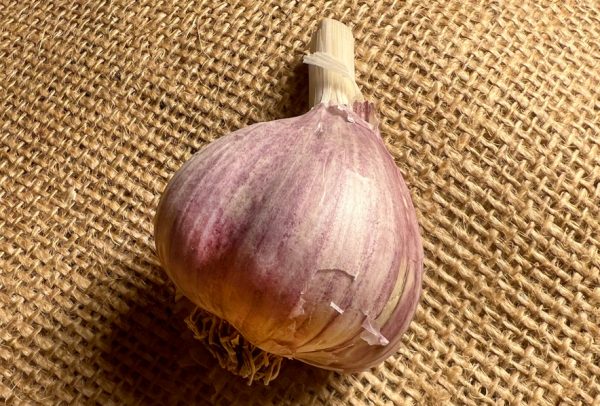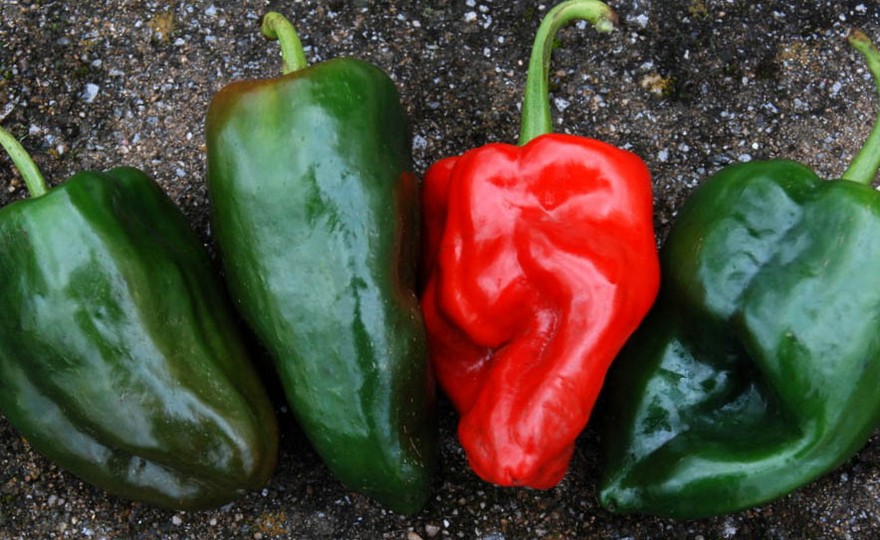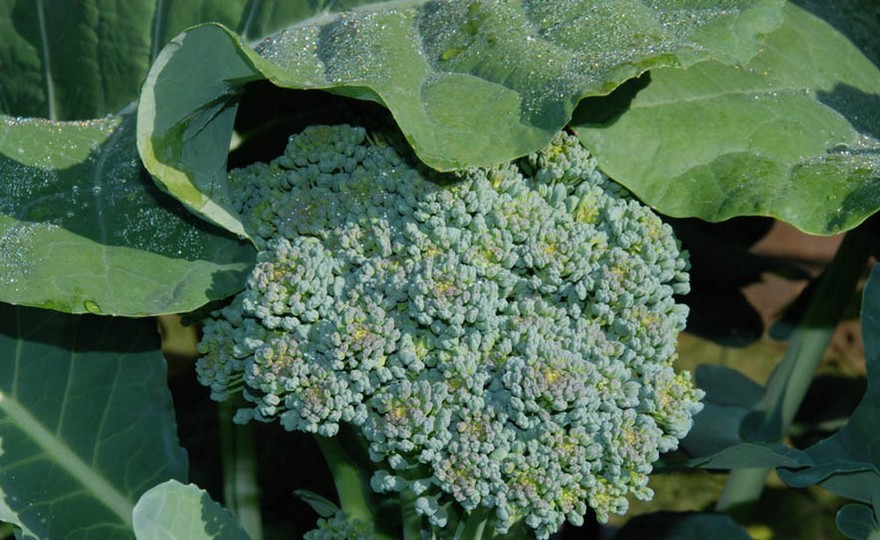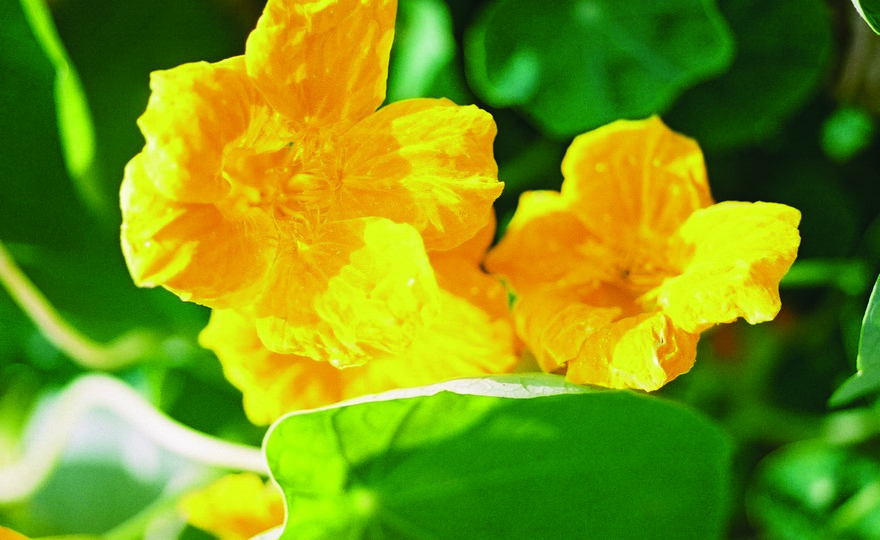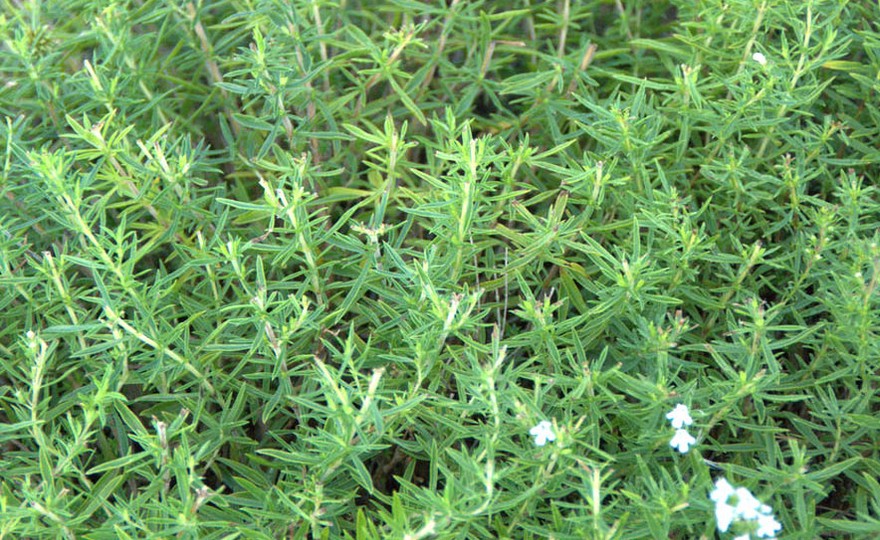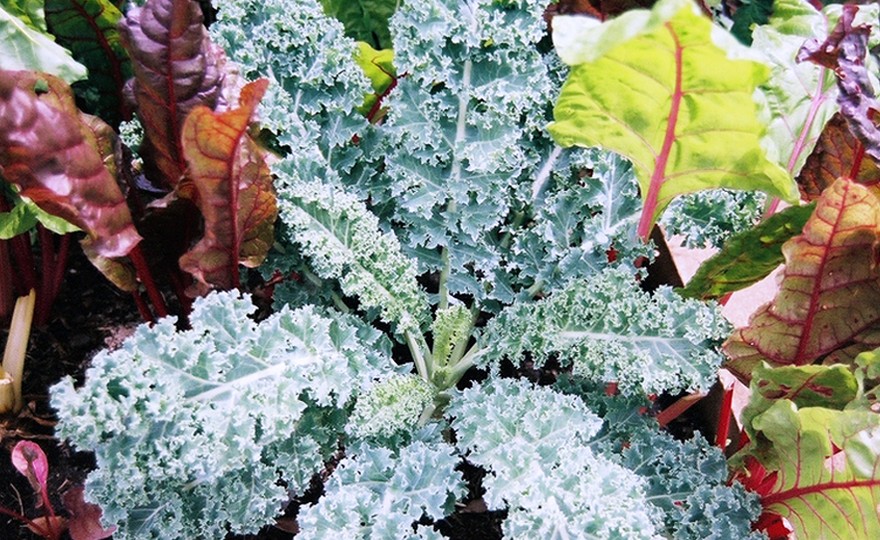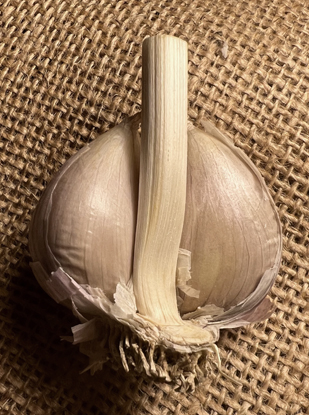
Porcelain Garlic, Rosewood – 4 oz
-
- **SOLD OUT** HOLIDAY GIFTS **SOLD OUT**
- **SOLD OUT** Holiday Books **SOLD OUT**
- **SOLD OUT** Holiday Citrus **SOLD OUT**
- **SOLD OUT** Holiday Gift Certificates **SOLD OUT**
- **SOLD OUT** Holiday Paperwhites **SOLD OUT**
- **SOLD OUT** Holiday Praying Mantis Kits **SOLD OUT**
- **SOLD OUT** Holiday Tools **SOLD OUT**
- **SOLD OUT** Holiday Wildflower Mixtures **SOLD OUT**
- Citrus Trees
- **SOLD OUT** - Vegetable and Herb Plants - Mix & Match any 6 Plants for $50 - Only Shipped in Quantities of 6
- Elephant Ear Plants & Roots
- **SOLD OUT** 4-Inch Pot Herb Plants **SOLD OUT**
- Rare Plants
- **SOLD OUT** Vining Plants **SOLD OUT**
- Asian Seeds
- Beneficial Bugs
- Books
- Citrus Fertilizers
- Cold-Treated Bulbs - SEE BULBS FOR FALL PLANTING TO ORDER
- Cold-Treated Allium
- Cold-Treated Chionodoxa
- Cold-Treated Crocus
- Cold-Treated Hyacinthoides
- Cold-Treated Hyacinthus Orientalis
- Cold-Treated Narcissus
- Cold-Treated Cyclamineus Narcissus
- Cold-Treated Double Heirloom Narcissus
- Cold-Treated Jonquilla Narcissus
- Cold-Treated Large Cupped Narcissus
- Cold-Treated Poeticus Narcissus
- Cold-Treated Small Cupped Narcissus
- Cold-Treated Species Miniature Narcissus
- Cold-Treated Split Cupped Narcissus
- Cold-Treated Tazetta Narcissus
- Cold-Treated Triandus Narcissus
- Cold-Treated Trumpet Daffodils
- Cold-Treated Ornithogalum
- Cold-Treated Rock Garden Iris
- Cold-Treated Scilla
- Cold-Treated Tulips
- Cold-Treated Emperor Tulips
- Cold-Treated Fringed Tulips
- Cold-Treated Green or Viridiflora Tulips
- Cold-Treated Lily Flowering Tulips
- Cold-Treated Parrot Tulips
- Cold-Treated Peony Flowering Tulips
- Cold-Treated Single Early Tulips
- Cold-Treated Single Late Tulips
- Cold-Treated Species Tulips
- Cold-Treated Triumph Tulips
- Flower Bulbs, Corms and Tubers
- Bulbs for Spring Planting
- Bulbs for Fall Planting - ALL BULBS AVAILABLE ARE COLD TREATED FOR PLANTING AS SOON AS SOIL CAN BE WORKED
- Fall Blooming Bulbs
- Garden Tools & Equipment
- Gift Certificates
- HHH Exclusive Wildflower Mixtures
- Wildflower Mixtures
- Heirloom Garlic
- Potatoes
- Roots & Sets
- Seeds
- Flowers
- Herbs
- Vegetables
- **SOLD OUT** HOLIDAY GIFTS **SOLD OUT**
-
- No products to compare
-
6 in stock
Quick Overview
PORCELAIN GARLIC, Rosewood
Allium Sativum
FULL SUN Porcelain Garlics are hardnecks. Most varieties have pure white skins and cloves so large that they are often mistaken for elephant garlic. The individual cloves are usually crystal white, hence the name Porcelain. Porcelain Garlics produce the tallest plants of all garlic cultivars. Some Porcelain plants can reach a height of 7 feet.
Each bulb contains 4-6 giant cloves with 4 cloves being the norm. The cloves are arranged in a single layer – no small interior cloves and the cloves are easy to peel. Unlike most hardnecks, Porcelains are fairly good storers.
The plants are very, very cold hardy, flourishing in Hardiness Zones1-4, but surprisingly the Porcelains also grow well in warmer climates. Porcelains, more than any other garlic cultivars, are extremely sensitive to spring growing conditions. This means that in the spring, to perform at their best, Porcelains need cool temperatures and abundant moisture. At harvest time, with most garlic, dry conditions help the garlic bulbs to finish well. With Porcelains, during harvest time it is recommended to expose the plants to moist conditions in order to help them to finish well.
Finally and perhaps most significantly, the Porcelains produce the highest yields of allicin, the sulfur compound which is most directly associated with garlic’s therapeutic benefits.
Rosewood was introduced into the United States in 1984. It originated from the Moldavian Institute for Research in Irrigated Agriculture and Vegetable Growing by way of Poland. Unlike most garlic strains capable of producing true seed, Rosewood produces flowers with yellow anthers.
This garlic has excellent flavor, but initially is not hot. However, it finishes with a spicy bite that is not overwhelming, but enhances the flavor of whatever it accompanies, especially garlic bread. It is definitely a cold weather garlic that does not do well in mild winters.

NEW! Porcelain Garlic, Rosewood
Native to south-central Asia, garlic was probably domesticated from a single variety, Allium longicuspis, thousands of years ago. Today the plant is grown on every continent except Antarctica.
Garlic, which is a member of the same group of plants as the onion, has been cultivated for millennia. As a cultivated plant, it is so old that it is difficult to credit a country of origin for this vegetable. All modern garlic belongs to one of two subspecies: hardneck (ophioscorodon) or softneck (sativum). Hardneck subspecies try to produce flower stalks with small aerial cloves called bulbils. Hardnecks will not produce large bulbs underground unless the flower stalks are removed. There are three varieties of hardneck garlic: Purple Striped, Porcelain and Rocambole. Softnecks have lost the ability, for the most part, to produce a flower stalk. However, under certain climatic situations, the bulbs may try to produce a flower stalk known as bolting. There are three varieties of softneck garlic: Artichoke, Silverskin and Creole.
Porcelain Garlics are hardnecks. Most varieties have pure white skins and cloves so large that they are often mistaken for elephant garlic. The individual cloves are usually crystal white, hence the name Porcelain. One pound of bulbs averages 40 plants. Porcelain Garlics produce the tallest plants of all garlic cultivars. Some Porcelain plants can reach a height of 7 feet.
Each bulb contains 4-6 giant cloves with 4 cloves being the norm. The cloves are arranged in a single layer – no small interior cloves and the cloves are easy to peel. Unlike most hardnecks, Porcelains are fairly good storers.
The plants are very, very cold hardy, flourishing in Hardiness Zones1-4, but surprisingly the Porcelains also grow well in warmer climates. Porcelains, more than any other garlic cultivars, are extremely sensitive to spring growing conditions. This means that in the spring, to perform at their best, Porcelains need cool temperatures and abundant moisture. At harvest time, with most garlic, dry conditions help the garlic bulbs to finish well. With Porcelains, during harvest time it is recommended to expose the plants to moist conditions in order to help them to finish well.
Finally and perhaps most significantly, the Porcelains produce the highest yields of allicin, the sulfur compound which is most directly associated with garlic’s therapeutic benefits.
Rosewood is exceptional for several reasons. As with most Porcelains it produces exceptionally large cloves which are quick and easy to peel and thus easy to cook with. The bulbs are not huge like many Porcelains, but the 3-4 cloves contained in each bulb are very large.
From a scientific perspective, though, Rosewood is a truly exceptional cultivar. In the 20th and 21st centuries, wild garlic strains growing in the wild have never been observed to produce fertile seed. Scientists believe that wild garlic, in all likelihood, must produce fertile seed, but this has never been proven.
In domestic cultivation, wild garlic strains, with controlled human manipulation, will produce fertile seed. The strains most likely to produce fertile seed belong to the Purple Striped Garlic group. The Purple Stripes are also the most primordial of all garlic strains, and many believe that all the garlic cultivars we have today originated from the Purple Stripe group. However, there are at least two Porcelain cultivars that produce fertile garlic. They are Yampolskij and Rosewood.
Rosewood was introduced into the United States in 1984. It originated from the Moldavian Institute for Research in Irrigated Agriculture and Vegetable Growing by way of Poland. Unlike most garlic strains capable of producing true seed, Rosewood produces flowers with yellow anthers.
Other garlic strains which produce true seed have flowers with purple anthers. These distinctions may seem inconsequential, but they are not. Understanding how the many strains of garlic originated, may someday be critical to preserving garlic as a beneficial and important crop.
This garlic has excellent flavor, but initially is not hot. However, it finishes with a spicy bite that is not overwhelming, but enhances the flavor of whatever it accompanies, especially garlic bread. It is definitely a cold weather garlic that does not do well in mild winters.
Garlic is best when planted in the fall, but can be planted in the spring as soon as the ground can be worked. If planting in the fall, plant 30 days before the ground freezes and mulch with straw or alfalfa hay if possible. Garlic must have some exposure to cold for several weeks or it will not bulb. Amend the soil with potash and phosphate before planting. Plant the cloves 1-2 in. deep and 4-6 in. apart in rows separated by 12-18 in.
Harvest in mid-summer when 2/3 of the stalk has turned brown or yellow. Dig the bulbs from the soil with stalks attached. Cure in a dry, shaded area with lots of air circulation for 4-6 weeks. Stalks can then be removed from the bulbs.

